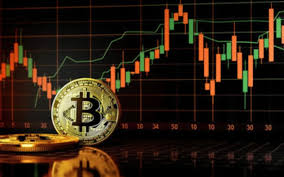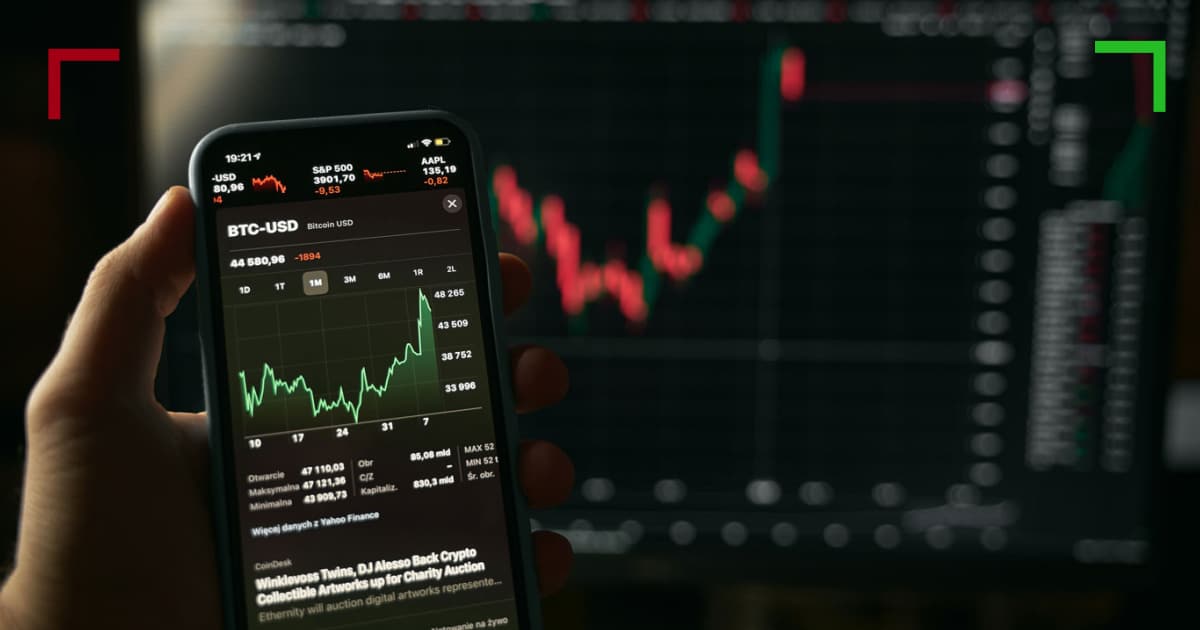Exploring the Future of Trading Automation Crypto 1

The Evolution of Trading Automation in Crypto
In the rapidly evolving world of cryptocurrencies, Trading Automation Crypto click here to explore how trading automation crypto assets is becoming vital for both new and seasoned investors. With the proliferation of digital currencies, the need for efficient, reliable, and profitable trading strategies has never been more crucial. As such, trading automation is not just a trend but a necessity in navigating the complexities of the crypto market.
Understanding Trading Automation
Trading automation refers to the use of computer algorithms and software to execute trades on behalf of traders. It allows for the automation of decision-making processes, enabling trades to occur at lightning speed and with minimal human intervention. In the context of cryptocurrency, where markets can be volatile and unpredictable, trading automation presents a significant advantage.
How Does Trading Automation Work?
At its core, trading automation relies on algorithms that analyze market data and execute trades based on pre-set criteria. These algorithms can take into account various factors such as price movements, volume, and market sentiment to make informed decisions. By automating this process, traders can capitalize on opportunities that they may miss if relying solely on manual trading.
The Benefits of Trading Automation in Crypto
There are several key benefits to implementing trading automation in the cryptocurrency market:
- Increased Efficiency: Automated trading systems can execute trades within milliseconds, allowing traders to take advantage of fleeting market opportunities.
- Emotion-Free Trading: Automation eliminates human emotions from trading decisions, reducing the likelihood of impulsive actions based on fear or greed.
- Backtesting Capabilities: Automated trading systems can be backtested using historical data to assess their effectiveness before they are implemented in real-time trading.
- Diversification: Automation allows traders to diversify their portfolios by managing multiple trading strategies across various cryptocurrencies simultaneously.
Types of Trading Automation Systems
There are several types of trading automation systems that traders can utilize:
- Market-Making Bots: These bots provide liquidity to the market by placing buy and sell orders simultaneously, ensuring that traders can always complete transactions.
- Arbitrage Bots: These bots exploit price discrepancies across different exchanges, buying low on one platform and selling high on another.
- Trend-Following Bots: These systems analyze market trends and make trades based on the direction of those trends, capitalizing on established market movements.
- Signal-Based Bots: These bots use indicators and signals generated by technical analysis to execute trades based on predefined conditions.

Creating Your Own Trading Automation System
Individuals interested in venturing into trading automation can do so by developing their own trading systems or using existing platforms that offer such capabilities. Here are some steps to create your own automated trading system:
- Define Your Strategy: Start by outlining a clear trading strategy that includes entry and exit points, risk management, and performance metrics.
- Select a Programming Language: Depending on your skills, choose a programming language (like Python, Java, or C++) suitable for writing trading algorithms.
- Backtest Your Strategy: Use historical market data to test your trading strategy under various market conditions, refining your algorithm based on the results.
- Implement Risk Management: Incorporate risk management features to protect your capital, such as stop-loss orders and position sizing rules.
- Deploy and Monitor: Once satisfied with your strategy, deploy it on a trading platform and monitor its performance regularly to make necessary adjustments.
Popular Platforms for Trading Automation
For those who prefer not to build their own systems, several platforms offer user-friendly interfaces for automated trading in crypto. Some of the most popular include:
- Binance: As one of the largest cryptocurrency exchanges in the world, Binance provides various tools for automated trading, including APIs for algorithm developers.
- CryptoHopper: This platform allows traders to create and customize bots without extensive coding knowledge, making it accessible for beginners.
- 3Commas: White label and automation tools help traders implement various strategies and manage their portfolios efficiently.
- TradeSanta: This cloud-based software enables users to create trading bots tailored to their specific needs, with a straightforward setup process.
Challenges in Trading Automation
While trading automation presents numerous advantages, it also comes with its own set of challenges:
- Market Volatility: The crypto market is notoriously unpredictable, which may lead to discrepancies between expected and actual performance.
- Technical Issues: Automated systems can encounter technical glitches or failures, leading to potential losses if not monitored correctly.
- Overfitting: Traders must be cautious of optimizing their algorithms based on historical data, as this can lead to overfitting and poor performance in live trading.
The Future of Trading Automation Crypto
As the cryptocurrency market continues to mature, the role of trading automation will likely expand. Advancements in artificial intelligence (AI) and machine learning (ML) will play a crucial role in developing more sophisticated trading algorithms capable of adapting to market changes dynamically. Furthermore, the integration of decentralized finance (DeFi) with trading automation could unlock new trading strategies and revenue opportunities.
Conclusion
Trading automation in the cryptocurrency market is becoming increasingly indispensable for traders aiming to enhance efficiency, reduce risks, and capitalize on market opportunities. Whether through self-built algorithms or established trading platforms, automated trading systems provide the tools necessary to navigate the ever-changing landscape of digital currencies. As technology continues to evolve, those who embrace trading automation will likely be at a significant advantage in the competitive crypto ecosystem.
